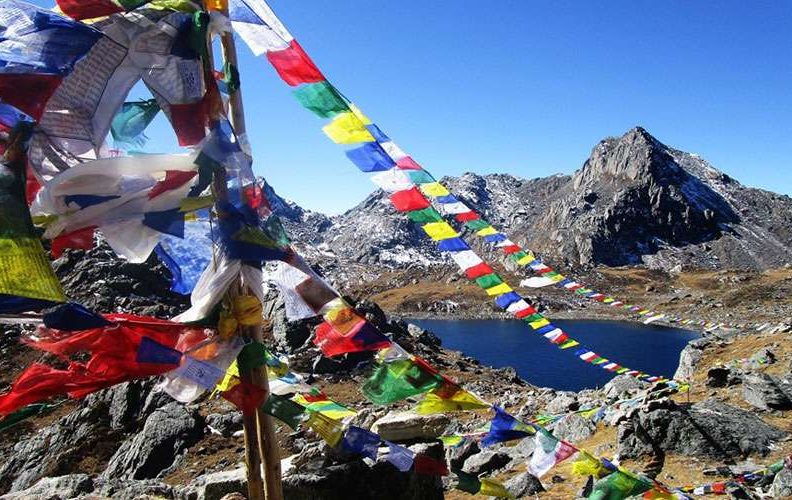Project Aims
Our research is designed to make a significant difference to the ways in which residents, government, and the international community take decisions to manage multi-hazards and system risks…
The project brings together academic, practitioner, humanitarian, and government organisations to make a difference to the ways in which residents, government, and the international community take decisions to manage these hazards and their associated risks.

Nearly 1 billion people live in mountain landscapes worldwide. For many residents of these regions, living with the impacts of multiple hazards in mountainous regions, such as monsoon rainfall, earthquakes and landsliding, is a day-to-day reality. The impacts of these hazards are often exaggerated by systemic risks resulting from socio-political concerns, including fragmented government, rapid population change, and global geopolitical interests. As a result, these hazards have recurring and disproportionate impacts on some of the most vulnerable members of society.
In the Sajag-Nepal project, we examine how to use local knowledge and new interdisciplinary science to inform better decision making and reduce the impacts of multi-hazards in mountain countries. We focus on Nepal, which experiences a range of hazards resulting from earthquakes and monsoon rainfall. Nepal is also undergoing complex social, political, and economic changes as it moves to a federal system of government. Our project is grounded within long-term community-based work with rural residents in Nepal, and reflects their articulations of the need to make better decisions to reduce the risks that they face. It also builds on experience of assessing and planning for earthquake and landslide risk with the Government of Nepal, the United Nations and other humanitarian organisations, and householders themselves.
Our research is designed to make a significant difference to the ways in which residents, government, and the international community take decisions to manage multi-hazards and system risks…
Sajag-Nepal has been designed from the outset to benefit a wide range of partner organisations in Nepal, and to deliver impact from the research. Our primary goal is to positively impact residents living with systemic risk. We are working to better understand the socio-political and economic processes that affect people’s everyday lives…
Sajag-Nepal is funded by the UK Government through the Global Challenges Research Fund (GCRF). It is one of the projects in the GCRF Collective Programme, an investment of £147 million aimed at enhancing impact across global health, education, sustainable cities, food systems, conflict, and resilience…